If you are thinking of starting a food blog, specifically a recipe blog, the first thing I would say is "just do it"! Just start-get your first post out there! It's like exercising or losing weight, you can stand at the edge of the pool dipping your toe in forever. Jump in! I know it's scary, and yes, it's going to be hard, it's going to be messy, but the longer you wait at the side of the pool, the more time that passes where you could have had your own food blog. You really don't have anything to lose.
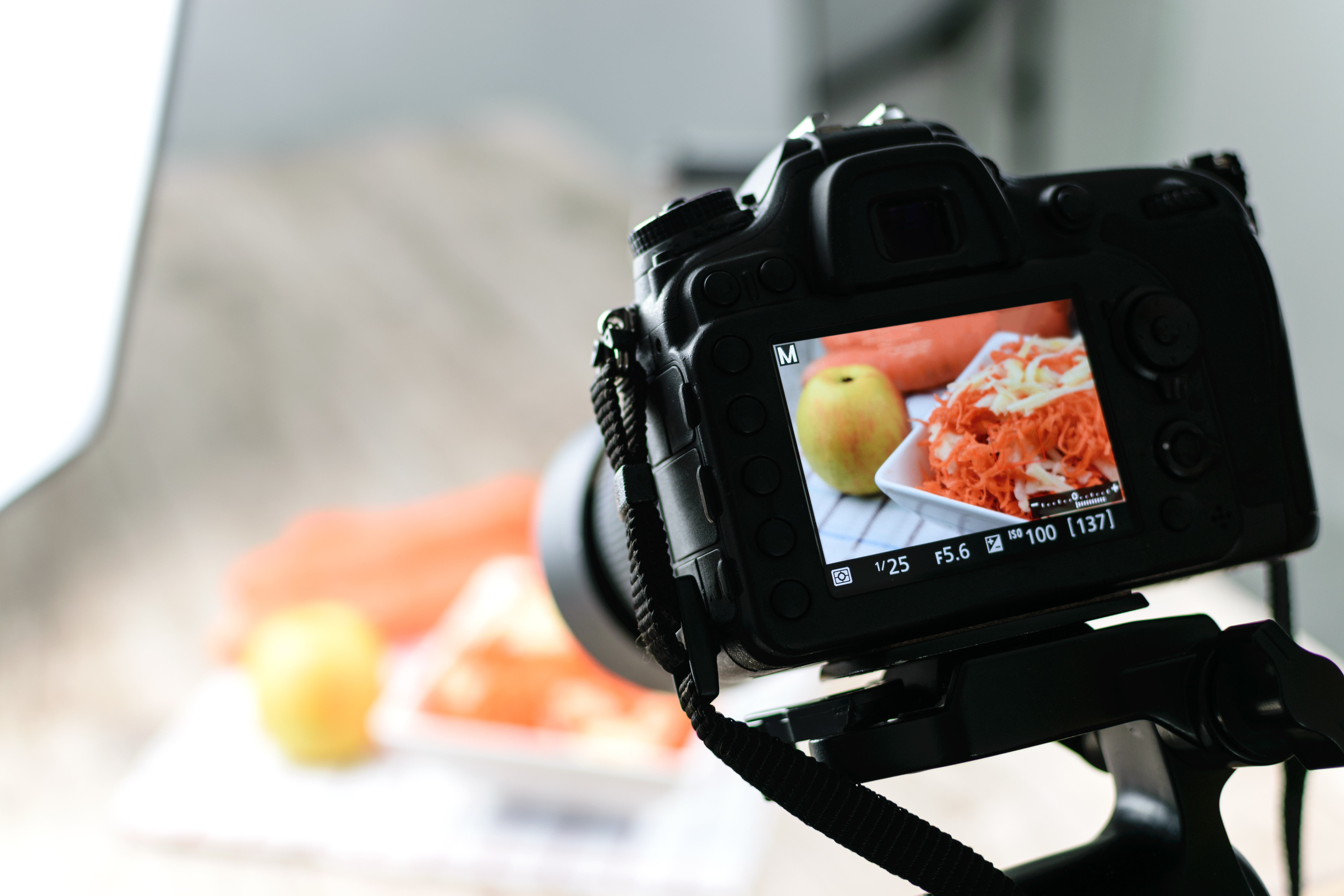
But if you're wondering, "how to start a food blog", I'm going to provide you with some advice, as well as the 10 things I wish I had known before I started a food blog. Hopefully this will help you avoid making the same mistakes I did!
If you love cooking, creating recipes, writing, photographing food and even some of the techie stuff (which can actually be fun) then you're probably going to enjoy it. And even if it never moves beyond hobby, keep in mind that it's okay to spend a little money. Remember that people spend money on hobbies all the time. If you think about it, hobbies like golf, skiing and even scuba diving also cost money and many are expensive. But if you plan or even hope to make money from it in the long run, then you're going to need time and a lot of hard work.
Before you start a food blog
Get to work learning! It's a huge learning curve, but it's also a really fun ride. And there are a lot of resources out there, many of them free (like this advice 🙂 )
Here are the steps I recommend you follow:
- Pick the name of your blog (research to ensure no one else has it) and buy the domain name. Think really hard about the right name because you may be stuck with it for a while, even if you don't like it. Rebranding is a pain.
- Web hosting: Find a good host (see #6)
- Set up your site on Wordpress (it's there ideal blogging platform)- there are services that can help you set it up (if you're intimidated by it)
- Get IT support (if you're not technical - you can get this through some hosts- see #6)
- Pick a premium theme (see #6)- do research
- Pick a recipe plugin (see #6) - do research
- Get essential Wordpress plugins - Recipe plugin (see #6), Akismet anti-spam, Yoast SEO, Wordfence, email provider (Convertkit is what I use now, but I started on Mailchimp), WP Rocket, Google Analytics
- Start writing your recipes and taking photos and just post your first one, no matter how nervous you are!
- Learn SEO - Pay for #hashtagJeff SEO courses/community and/or Food Blogger Pro community
- Set up google search console and learn to understand Google Analytics
How to become a food blogger
Since I started food blogging nearly 5 years ago, I have had my cat stick his paw in the food I was planning on eating before I even photographed it, had my family eat the food I was planning on photographing, cried over my crust falling off every piece of pie I planned to use in my shoot, rejoiced when Foodgawker finally accepted my first photo, pained over which recipes to post, pledged my allegiance to that one and only person who visited my blog the day that no one else in the whole wide world did, moved my website, (which is just as bad as moving your entire house), wondered whether I should "niche down" a zillion times and got up at 4:00 AM waaay too many mornings to count in order to fit blogging into my already very full life.
Blogging is hard work. Don't get me wrong, it's still fun, but it takes a lot more time than I ever imagined. So, if you're wondering how to become a food blogger, you may also be wondering what to expect. I am going to share 10 things I wish I knew BEFORE I started a food blog.
10 things I wish I knew BEFORE I started food blogging
1. If you build it, they won't necessarily come
Maybe I'm dating myself, but this particular saying is from the movie, "Field of Dreams" circa '89 (in case you're not familiar with it). Just because you start a food blog, have great recipes and maybe even recipes that have won awards, that doesn't mean that people will be rushing to get to your site. Now I realize how naive my expectations were in the beginning, but I really thought my site would be popular or at least have a fairly steady stream of visitors. But the internet is a very mysterious place with its own set of rules.
In fact, there were days when no one came!
And that can be downright depressing. And although you feel like the world's biggest loser, you write blog posts, publish them and no one comes, you still need to keep plugging way. And this is where community support (see point # 8 on community below) becomes critical. So I kept plugging away. Although you will hear about it happening once in a while, very few bloggers actually become an overnight success. Blogging is slow and steady and something that you have to keep building over time. It's a marathon, not a sprint.
And if you have a day job, a family or other commitments, then it's going to be even slower. This is very important to understand so you don't set yourself up for disappointment - it takes time! You also have to build up an inventory of recipes so people have a reason to come to your site. Unless you can post daily, it's going to take a while. And this is also where SEO (search engine optimization) comes in (see point #3 on SEO below). If google can't find you, it's not likely that anyone else can either! Had I known this, I would have focused on SEO from the get go! It took me 3.5 years and a lot of hard work to reach 25,000 pageviews a month. And it's taken me nearly 5 years to reach 90,000 pageviews a month.
I also recommend doing a great deal of keyword research before you post or even decide what to call your recipes. If you can afford it, then I recommend Keysearch or Keywords Everywhere tools, as well as the "Cooking with Keywords" course.
Take-aways:
- Focus on SEO/do keyword research
- Be patient and don't expect immediate results
2. Photos matter BIG TIME
People eat with their eyes first and that's why it's so critical to have high quality food photography. I only wish I knew how important it was to start to improve my photography from day 1! You can have the best recipe in the world, but if it doesn't look appetizing, then no one is going to click on it, much less read your recipe and try it. And your recipes won't be included in recipe roundups either, which is something you want because it brings you exposure and traffic to your blog. I have spent almost as much time reshooting ugly, old photos as I have spent creating new content. It's worth it.
You don't have to spend a fortune on photography props either. I buy discount materials and clearance items and thrift stores. I keep them separate from the general population (because I don't want them getting wrecked.) I also bought a few backgrounds from Ink and Elm when I first started. It was a great investment, as they were good quality and a good price.

My lighting set up is relatively inexpensive as well. I use mostly natural light, with a little supplemental. I still plan to invest in better supplemental light and photography equipment, but it hasn't been a financial priority.
The photo (below) is the very first photo I posted. It's actually mortifying to even show it to anyone.
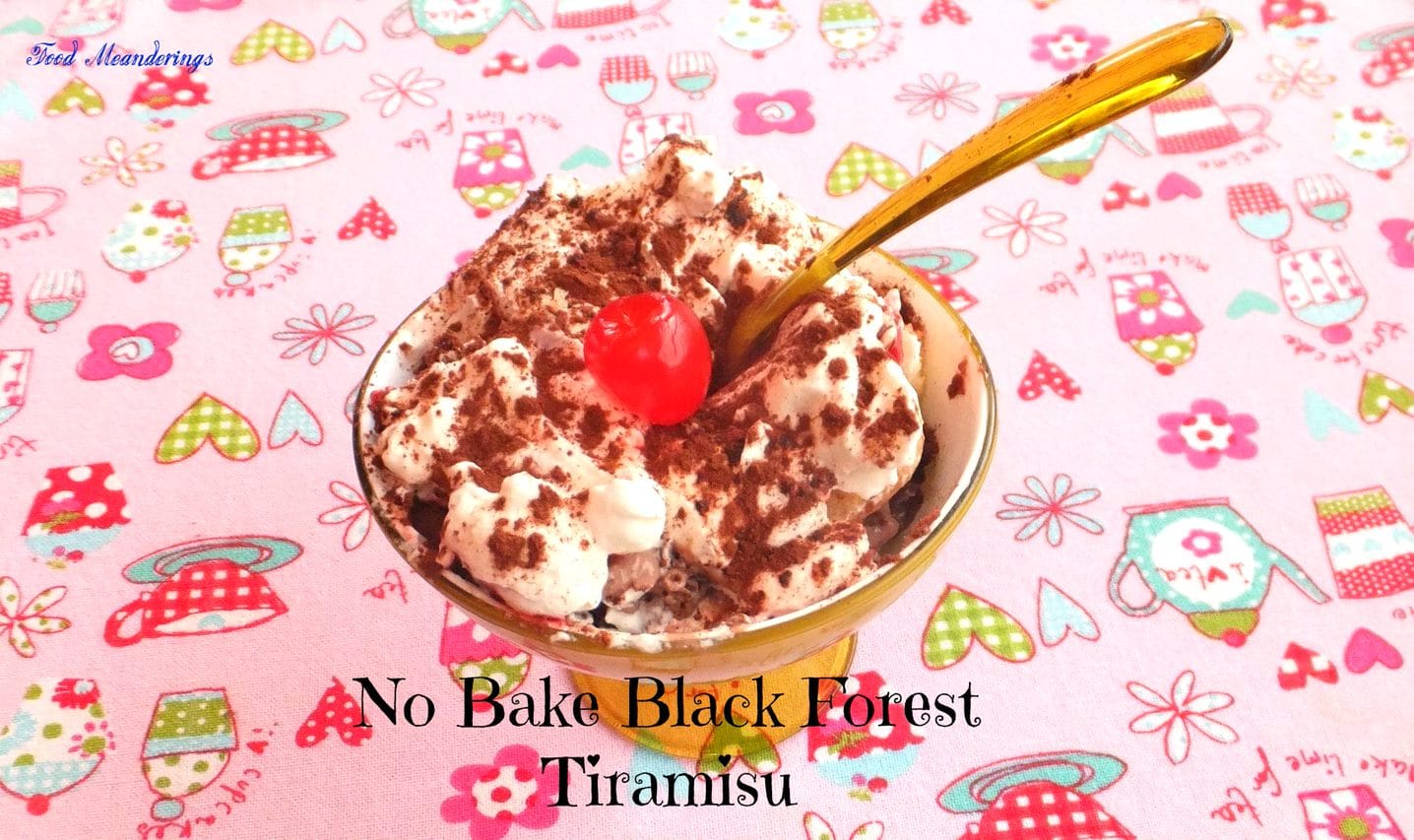
I reshot it a year or two later and it was so much better! Although my photography continues to improve every year....
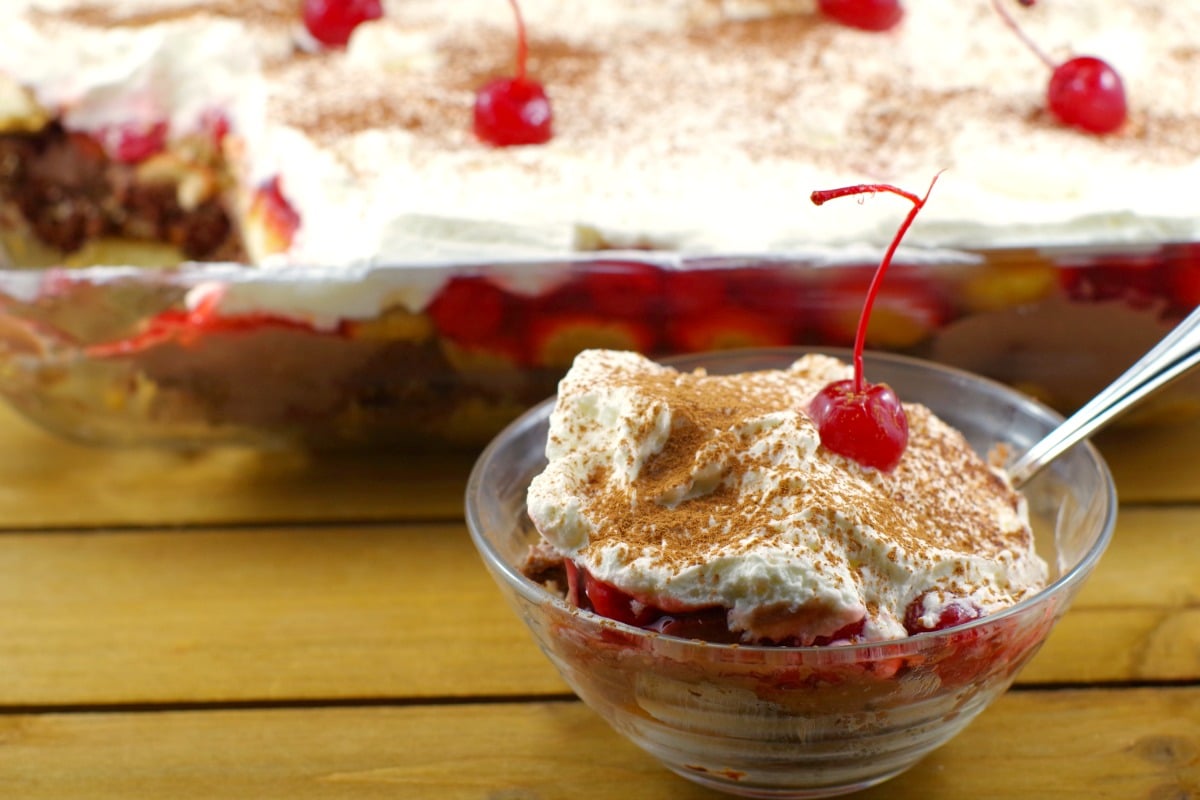
A lot of my photography improvement is due to Food Blogger, Nagi @RecipeTinEats's e-book, "The Food Photography Book" Find out more about the book that transformed my photography. (affiliate link) It is worth every penny!
Yes, you can shoot photos with your iPhone and you don't have to have a DSLR (Digital Lens reflex camera) but you are going to have real limitations and having a DSLR really really helps! I was lucky to win one in a contest, but you don't have to break the bank to get one.
You also want to be submitting your photos to sites like: Foodgawker and Foodyub for additional exposure/traffic. Here is a great book that I highly recommend, written by food bloggers The Ultimate Guide to Food Sharing Sites. I would also recommend sharing your posts in Facebook recipe groups- you can find them by simply searching, then asking to join.
Take-aways:
- Focus on getting better at photography
- Share your food photos on food sharing sites, as well as social media
How to Blog About Food
Unlike photography, food is not different than blogging about any other subject, when it comes to SEO.
3. SEO matters just as much as photos
I also wish I knew how important SEO (Search Engine Optimization) was when I started my food blog. If your site is not search engine optimized, then google and other search engines, can't find you and neither can anyone else. This is how people who are searching for recipes actually find the recipes, then come to your blog. If you don't use the right keywords, map your site and or use an SEO optimized recipe plugin (the one I use is WP Recipe Maker Plugin) no one is going to find you! I also recommend you sign up for Food Bloggers Pro (I wish I found it my first year) and #hastagJeff SEO courses.
Take-aways:
- Make sure your site is mapped
- Learn everything you can about SEO from free resources, groups and paid courses
4. You are going to spend way more time than you think you will with your blog
So you better LOVE doing it! If you don't, then you're not going to be motivated to do the work. In the beginning, my husband cautioned me about letting my food blog become our third child. I laughed. But now I understand what he meant. It is very time-consuming, that is, if you want to put out good content and photos. Just be prepared.....because something else has to give. And if there is one thing I have learned in my relatively short time blogging it is: everything will take longer than you think!
Since the birth of Food Meanderings nearly 5 years ago, I have poured in too many hours to count. Balance is the biggest challenge with having a blog and this is what I hear from most bloggers. And because there is always something you could be working on, it can get become all-consuming if you let it. I literally have to shut down my computer and walk away, but I'm not always so good at this. Try to put limits on it from the beginning.
Take-aways:
- Know what you are getting into - it takes a lot of time!
- Walk away from you blog/take breaks
5.There is techie stuff you can't avoid
I used to rely on my teenagers for anything technical, but when you have a blog you can't do that. You may think that you can get away with not learning the techie because you have an IT friend. However, I am here to tell you that is not the case - you will still need to learn and understand the inner workings of your website. You can have IT support, but you still need to trouble-shoot (there's lots of that) and know how to fix some things and even install and set up your own plug-ins. You just play around - it's actually fun to learn this stuff!
You don't have to become an IT person yourself, but it's nearly impossible to run a blog without understanding the back-end of it and many of the technical aspects. Your friend can't be there all the time and you will need to learn how to install widgets/plugins move things around and fix problems (you will have many). I had never even heard of a widget or plug-in before I started, but there are a lot of tutorials out there. I didn't start on a self-hosted site because I was worried about the IT support. Had I known that there is also IT support through hosting services (see #6 you get what you pay for), it wouldn't have been such a concern. But you still have to learn the basics to run your blog. So, dive in and have fun learning!
And the learning never ends...It's not just your blog, its social media and the ever evolving rules and algorithms that accompany it. You need to keep up with it and roll with the punches.
Take-aways:
- Hire IT support (you can do this through your host) or other services, if you're not a techie
- Learn the basics about the back end of your blog - play around and enjoy learning!
6.You get what you pay for when you start a food blog
I started off paying nothing. If you want to start a blog for free, think twice. I went to Wordpress.com, followed their instructions on how to create a website for free and it was easy. I did this because I didn't know any better. This is not something I would do if I knew what I wish I knew before I started a food blog. I didn't want to pay for a website because I wasn't sure if I would even like blogging.
Recommendation: If you are going to go to all the trouble of starting a food blog, I recommend going self hosted from the beginning and get IT support. It is worth it!
WPopt Hosting is an excellent service! Click here---> WPopt Hosting for more info. They came highly recommended from many other food bloggers and offer customized services, with varied IT support options.
You also want to thoroughly research the theme and platform you plan to use. Free themes are available, but are not going to help you in the long run. I use the Foodie Pro theme on the Genesis framework. Themes are another area where you get what you pay for. This premium theme and platform is SEO optimized and that makes a huge difference. I thoroughly researched it. (*Keep in mind that you can save your receipts and claim as a business expense if you intend to monetize your food blog and make money). But if it's just a hobby and you intend to keep it that way, then that's a different thing altogether.
Either way, I would recommend you buy your domain name. It's not very expensive (about $35) and it's an annual expense. That way, if you like your blog name, no one else can take it ! Just keep in mind that you have a lot of limitations in the world of free blogging. You cannot install SEO optimized recipe plugins, nor is your theme or platform SEO optimized, you can't have advertising and are limited in terms of customizing your site look. And if you decide you want to do these things in the future, moving your site to self-hosted is a hassle. Take it from me -when I moved my blog, it was pretty much as stressful as moving to a new house.
Take-aways:
- Go self-hosted from the beginning - moving is HELL and you are very limited on a free Wordpress site *(you cannot even add wordpress plugins)
- Spend $ on some things like a theme, a good host and a good recipe plugin
- Buy your domain name
7. A LOT of your time and energy should be put into Pinterest
When I first started food blogging, I changed my name on my Pinterest account to Food Meanderings, created a few boards and waited for everyone to flock to my account. I didn't happen. Then I started reading about Pinterest and got some advice from my blogging friend and it slowly started to improve. Although, again, it wasn't overnight. It took me a year to reach 650 followers. And that was with a lot of time and hard work invested!
In the food blogging world, generally social media is critical but Pinterest is KING. There is also a lot to learn. There are better times a day to post, photo size/pin requirements and pinning etiquette. And a lot of this, I learned through the food blogging community (see # 8 below). interest is a great investment for food bloggers because a Facebook post, a tweet or an Instagram photo is very short-lived, but a pin has an extended life ( 18 months approximately).
In addition to creating a professional looking business account (I would recommend creating consistent looking boards- brand yourself). You can check out my Pinterest board here for an example, you need to be pinning regularly because Pinterest loves pinners who pin regularly and rewards these pinners by having their pins show up in feeds. And doing this manually, without spamming everyone's feed is both challenging and extremely time-consuming. Tailwind, the pinning scheduling program, was a game changer for me and now it's something I couldn't live without. I actually wonder how I got along without it in first place. It's the scheduling tool that PINS FOR YOU at intervals, so you're not batch pinning and spamming others. Tailwind is yet another program worth every penny. Tailwind also tracks the popularity of your pins and your boards for you! If you like listening to Podcasts, I recommend you listen to Simple Pin Media podcasts.
I would recommend you install The Milotree pop-up on your website. It's only $9.00 a month and a great way to get readers to follow you on Pinterest and other social media platforms. Since I installed it, I have watched my Pinterest following grow!
Take-aways:
- Invest time in Pinterest (your work has a very long shelf life)
- Learn as much as you can about Pinterest
8. Community is critical
If I knew this, I would have sought out all the food blogging communities and Facebook groups from the very beginning. The stuff you learn from these groups is invaluable. Food Bloggers of Canada, Food Bloggers Central and Pinterest strategy groups on Facebook are good places to start. It is a lot to keep up with, but it is well worth it the time investment. You not only connect with others who are in the same situation you are, you learn so much and get connected to resources. And the food blogging community is very supportive!
I was also very lucky because I had a blogger friend who'd been at it for a few years already. She generously shared her knowledge with me and I don't know what I would have done without her help starting a brand new blog. I didn't know the first thing about blogging and would have been even more lost than I already was if it weren't for her mentoring and support! But we have different types of blogs (she is travel) so there were still a lot of things I had to learn on my own. But most importantly, she is the one person that "gets it" when it comes to sharing blogging frustrations and victories. Unless you are blogging, it's hard to relate to these things. I wish every blogger a blogging friend like her. Check out my friend Sue's amazing travel blog at Travel Tales of Life!
Take-aways:
- Join food blogger Facebook network groups
- Get to know other food bloggers/build a network
9.Writing Matters:
You may not think that anyone wants to read anything but your recipe, but that's not necessarily true. The recipe plugin that I use (WP Recipe Maker) on my food blog does have a "jump to recipe" function for the convenience of those that are just there for the recipe. I want my readers to have a good user experience and it's annoying if they don't want to read the post and they are forced to scroll. I know I get annoyed when that happens. Sometimes I want to read it and sometimes I don't, but I want to choose!
But your core readers aren't just there for the recipe. You can go to any food blog and get a recipe that is likely very similar to yours. So you need to make people want to come back to your blog. Be authentic. Be yourself.
And remember, although you need to write for google, write for your reader first. You can use keywords, but don't overdo it. These days the googlebots are really good at understanding what your post is about. And although there was a time that keyword stuffing worked, those days are long gone. Try to be helpful and answer questions the reader may have and write naturally and conversationally. I would also recommend taking Coo
Take-aways:
- Write for your readers first, then for Google
- Install a 'jump to recipe' button - give your readers a good user experience and choice.
10. The recipes you least expect to be popular, will likely be your most popular.
If I knew this, I wouldn't have anguished over posting those simple recipes that I assumed everyone already knew about. In fact, I almost didn't post one of my most popular recipes - my 4 ingredient whipped shortbread- because I was embarrassed that I was posting a recipe that was on the back of a box cornstarch for years. How lame is that? I assumed that everyone must know this recipe already. What I wish I knew was, 'it doesn't matter!' Post what you want, what you like, what fits seasonally, whatever. Don't worry if you think that everyone else has it already. It doesn't matter. Some were my creations and some weren't. Just post whatever you feel like posting on your food blog. BUT if you adapt a recipe, just make sure you ALWAYS post the source and link back to the site where you found that recipe.
My 4 Ingredient Whipped Shortbread is still one of my most popular recipes (especially on Pinterest during the holidays.) There is no science to what will be popular. There is some luck and timing involved, but it's also getting to know what your own audience likes. Though, that is not necessarily a guarantee either. I'm often surprised at feedback I get about recipes I thought no one would be interested in.
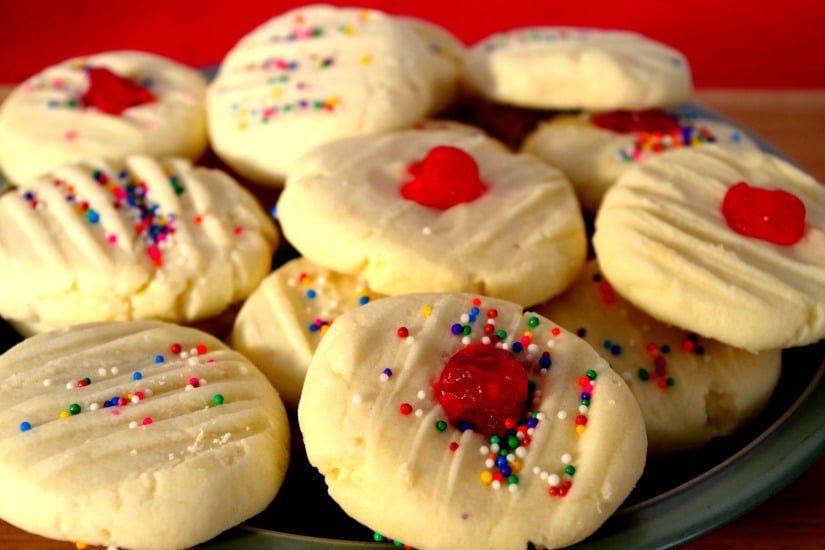
Take-aways:
- Post whatever recipes you want, but if they are not your own recipes, just make sure you give credit and link to sources if you adapt a recipe
- There is no science to what will be popular- there's some guessing, luck and timing involved.
So whether you are looking to start a food blog for fun or profit, or simply hoping your fun food blog will turn into profit one day (which is entirely possible, as this is what happened to me,) then my advice is just START. And Start NOW.
Good luck and most importantly, HAVE FUN!
You can follow my blogging journey on Pinterest, Instagram and Facebook!

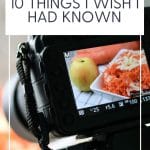
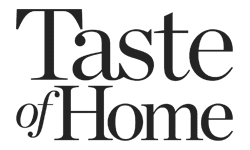


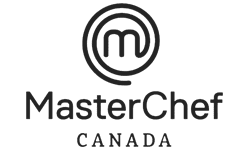


Diana Ivie Atiemwen
Thank you so much for this!!!
Terri Gilson
You’re welcome!
Sandy Clifton
This is one of the best "Wish I'd Known" posts I've read! Realistic and down to earth. Thank you! I'm a brand new blogger - old cook, lol! I can't wait to see where I'll be in 1 year!
Terri Gilson
Hi Sandy,
Thanks so much! I'm glad it was useful to you. Your site looks great and I wish you all the best!
Vicky @ Little Chef Within
I loved this post! I literally screamed out loud when Foodgawker accepted my first picture!! LOL! I've been blogging a year also. I started out wanting to do it as a hobby and a couple months ago decided that if I wanted to grow it, I'd have to do social media. So now I'm slowly trying to gain some steam on those. Painfully slow ?. I have 6 kids and I don't want to take anything away from them because as you said you do spend more time on your blog. I'm being long winded, so I'll shut up! Great post, I really enjoyed it!
Paula
This is a great post with some helpful links! Couldn't agree more with all your points. It's especially hard for me to walk away from my computer...blogging is addictive and there's always something to do or fix!
Terri Gilson
Hi Paula - thanks! Glad that you could relate 🙂
Carolyn Hetke
Happy Blogivesary! I am just approaching my one year mark and every point you made resounded with me. I too learned a ton from Nagi's Photography book so I bought the SEO book you recommended! Here is wishing you continued success!
Terri Gilson
Thanks Carolyn and the same to you!I hope that the SEO book helps you as well!
Markus Mueller
Love it! I am actually working on a resource page regarding things to avoid when starting blogging. There was a lot of trial and error for me, and I feel it could have gone a lot smoother!
I really agree with #4 on this list though! It's hard to step aside, the blog does become all consuming!
Terri Gilson
Thanks, Markus! I look forward to reading your resource page~! Always so much to learn. Hence the reason why it's so addictive and hard to step away, I guess. 🙂
Markus Mueller | Earth, Food, and Fire
Love it! I am actually working on a resource page regarding things to avoid when starting blogging. There was a lot of trial and error for me, and I feel it could have gone a lot smoother!
I really agree with #4 on this list though! It's hard to step aside, the blog does become all consuming!
Jessica
Haha, I love this list. Things like SEO and self-hosting were definitely not on my mind when I launched my blog 6 years ago, so I've had to slowly catch up. I first started on Blogger and it was an expensive pain in the butt when I had someone redesign my whole site and transfer it over to Wordpress. But, it was worth every penny and I love my little hobby-job to no end. We don't have any kids, but it does feel like a third member of my house sometimes when it demands my attention at the worst hours of the day. 🙂
Terri Gilson
Thanks, Jessica... That's wonderful that you still love it after all that time!